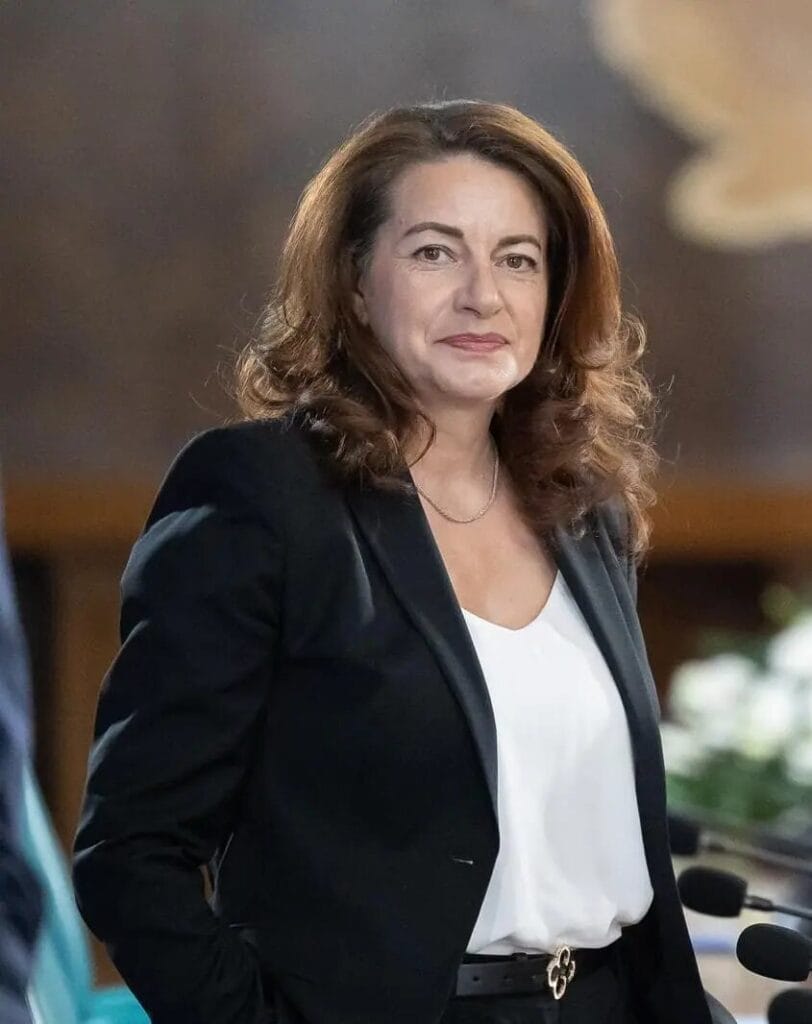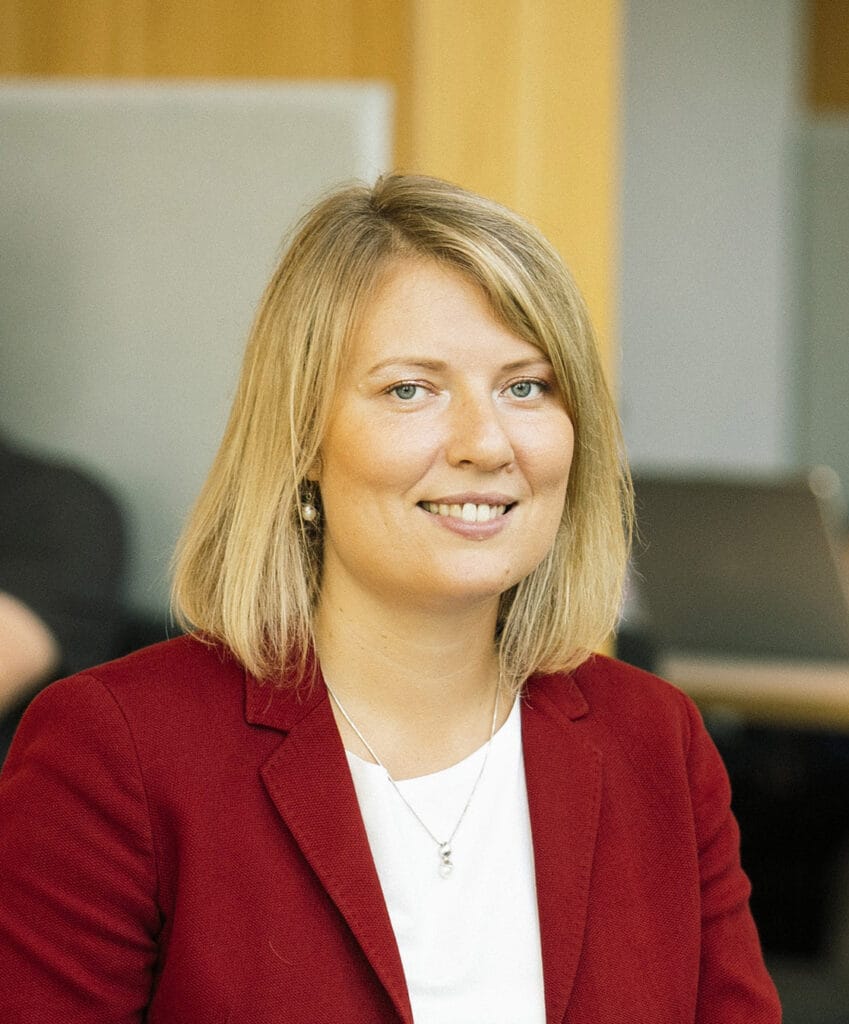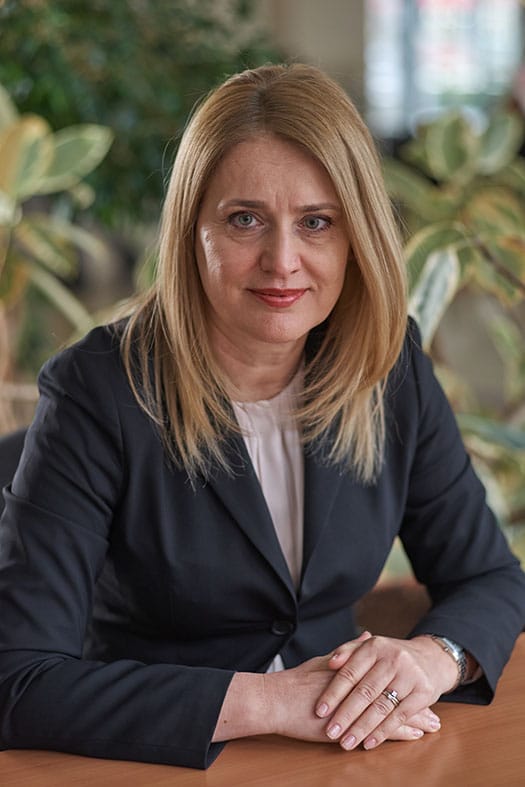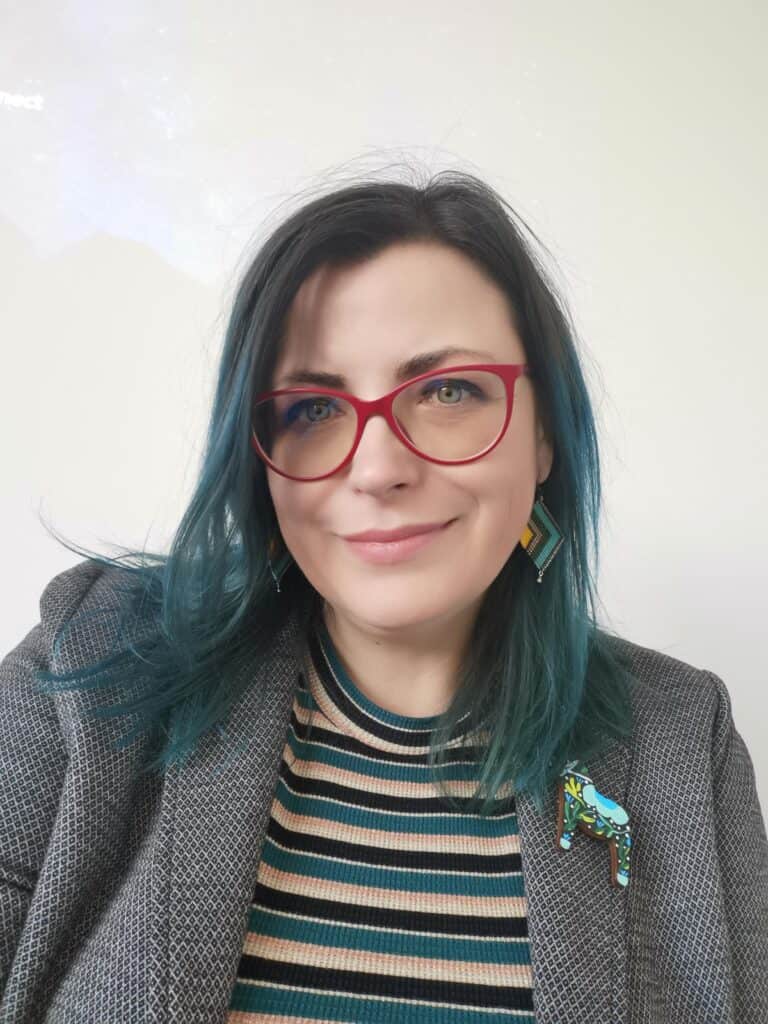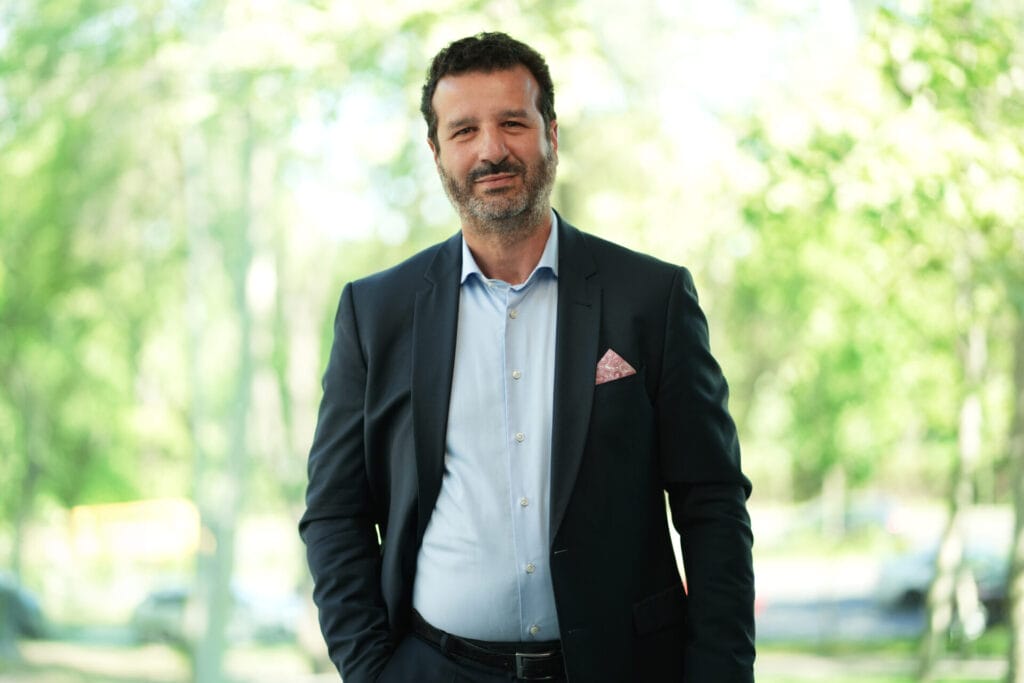For those who know nothing about it, Captain Planet and the Planeteers is an animated series that aired in the ‘90s in the US and around the globe, which had the mission to create buzz around climate change issues. It might be considered a cultural milestone in this respect and it for sure has helped lots of millennials develop an environmentally-conscious mindset ever since their early childhood days.
Environmental movements were in full swing in the nineties, with people all over the world coming to the conclusion that there is something that must be done before the earth’s temperature rises above the natural limits. It was a time of awareness-rising. And so, a handful of animation producers and writers who had previous experience with working for environmentally-conscious productions decided to take on a riskier project, creating an animated series for children that had to be both entertaining and educational on quite important matters.
(…) according to executive producer Barbara Pyle, the show’s success had nothing to do with selling merch. “Our mission was to inspire and to educate the next generation of environmental activists,” Pyle said. She and producer Nicholas Boxer made it a point to slip as much planetary realness into the show’s fantastical plotlines. In fact, Pyle says many ideas were taken directly from the Global 2000 Report to the President, a 1980 paper commissioned by Jimmy Carter that warned of environmental disaster should policies fail to account for the world’s booming population growth.[1]
Now back to the story. We have a hero here as well. His name is the aforementioned Captain Planet, but he can only act if summoned by the five planeteers, each coming from a different continent: Kwame, Wheeler, Linka, Gi, Ma-Ti. In episode one/season one, we are presented how Gaia came in contact with them. Gaia is the protector of the Earth embodied by a kind and beautiful lady who lives on Hope Island and who seems to trust the planeteers as if they were her beloved kids. At the beginning of the episode, she wakes up learning that a pollution disaster puts the planet in danger: the villain, Hoggish Greedly, is drilling for oil in the ocean.
The show also put much emphasis on teamwork:
Pyle liked the idea of a kids’ show to get the big takeaways from landmark reports, like the Global 2000 Report to the President, across to a wider audience, but she didn’t think the world needed another beefy superhero. She started working on the project with Boxer, who suggested they make sure Captain Planet would only make an appearance after the Planeteers had identified the problem and come up with their own plan. Instead of a brawny savior, they pushed to make Captain fun-loving, lean, and dependent on others — a metaphor for teamwork.
The end of each episode? The Good always wins. That’s how things should be presented to the younger generation – and to each one of us – so that hope for a better future could settle in our minds. And maybe that’s what actually happened to people like these, who find themselves sharing tips about ways to care for the planet and calling themselves real-life planeteers.
Come join us at Climate Change Summit 2023 and discover innovative ways to take action, just like our beloved hero. We are here to learn, discuss, debate and find solutions for a future in progress – together.
[1] https://grist.org/culture/captain-planet-planeteers-real-story/, link accesat în data 05.07.2023




